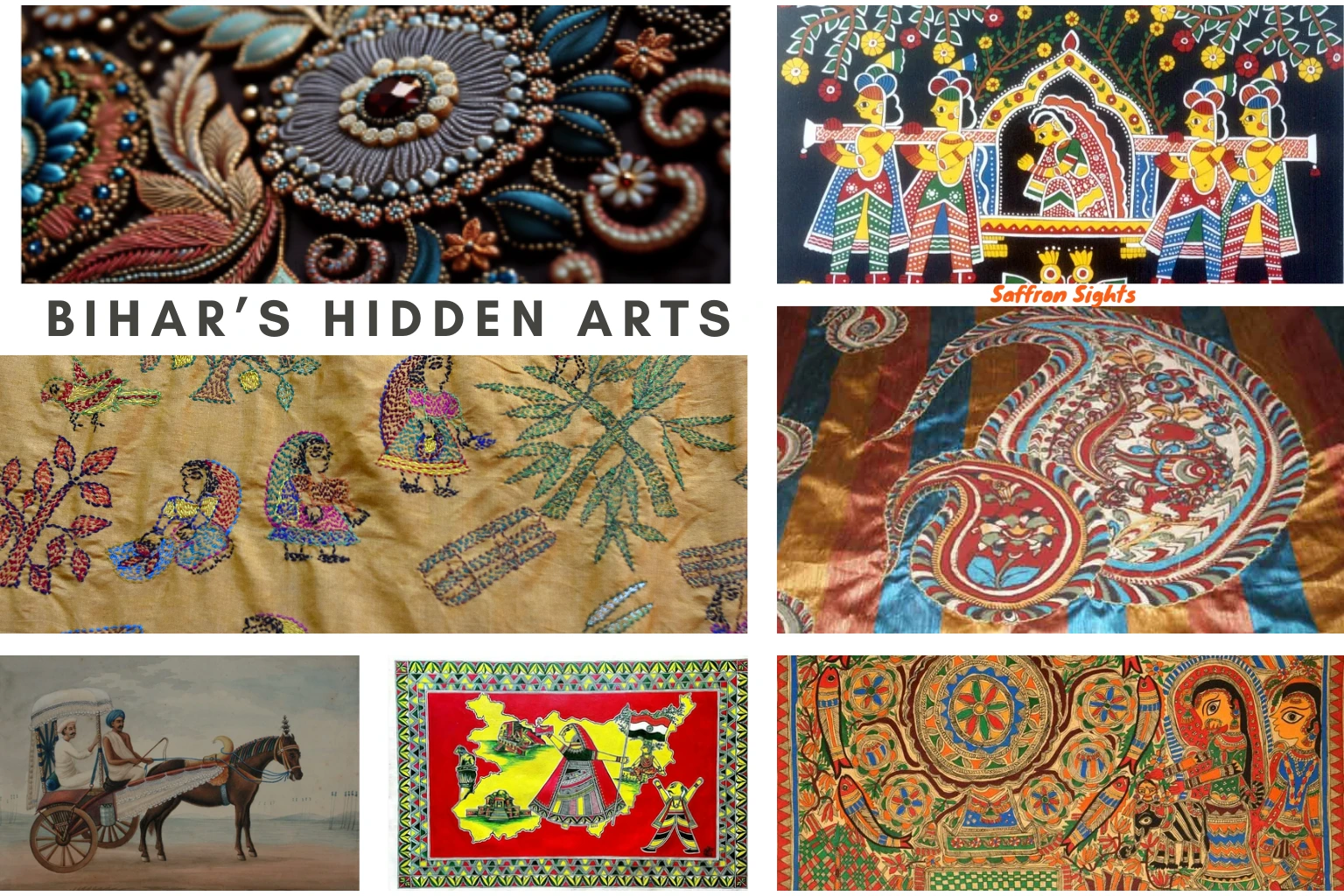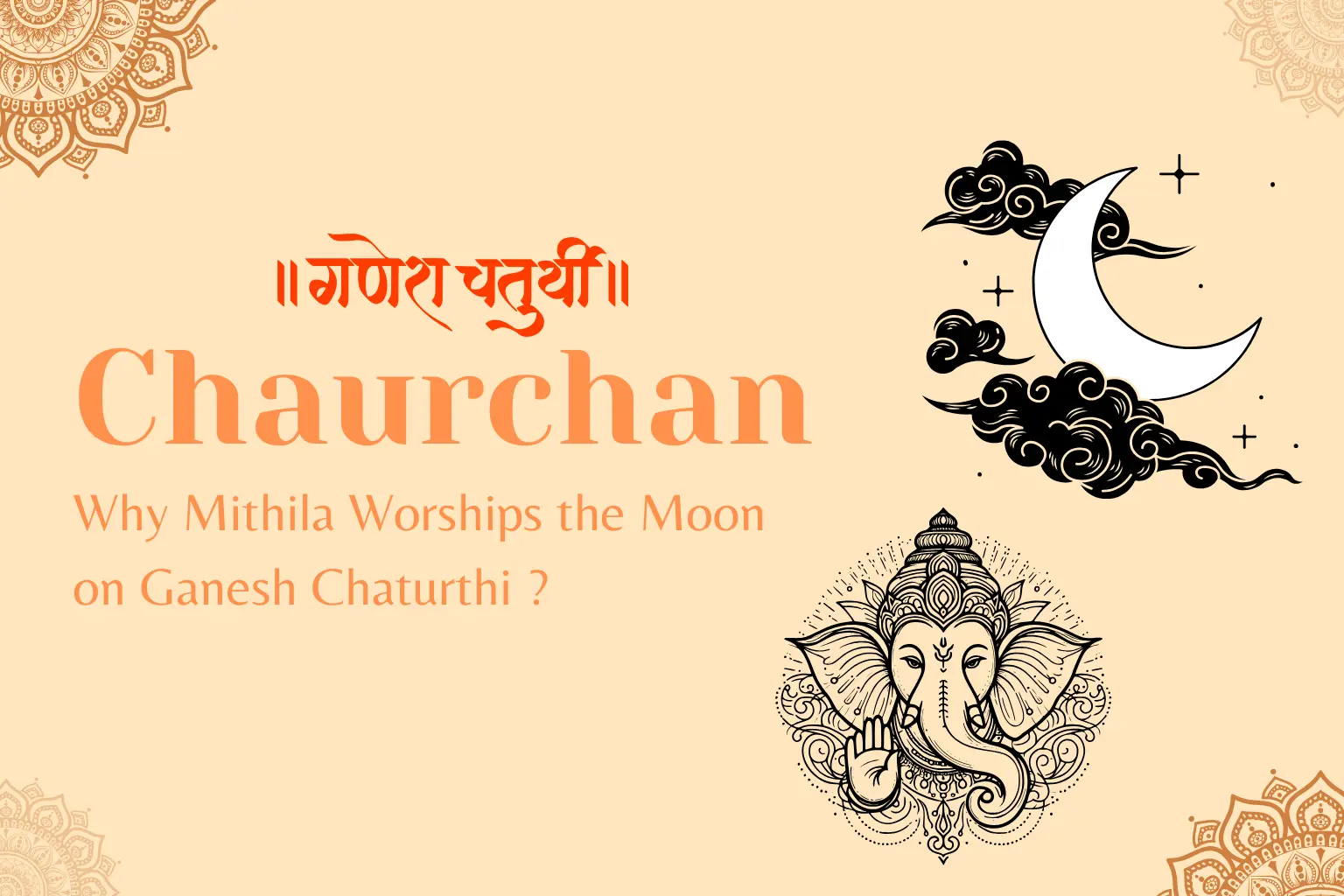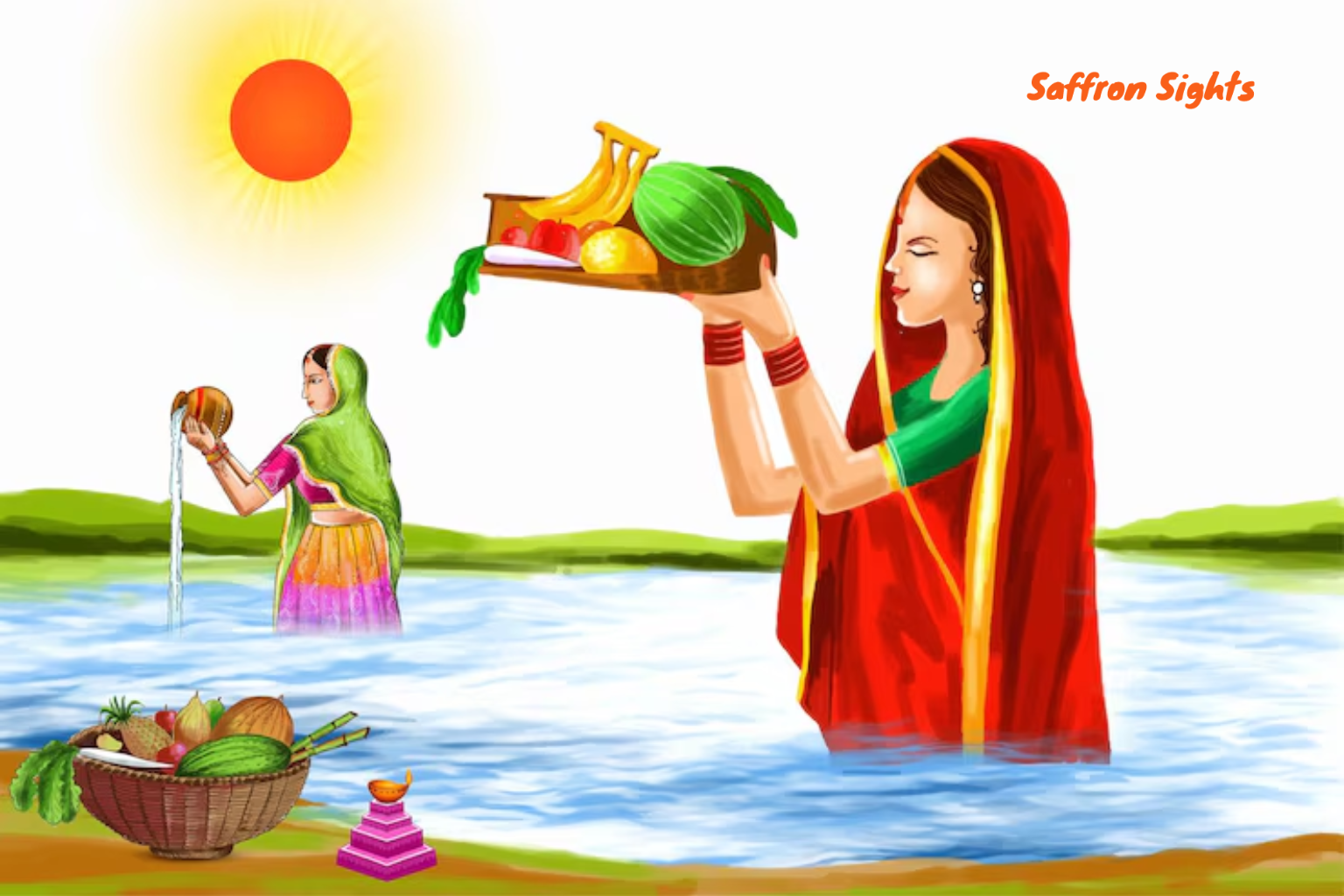Introduction to Patna
Patna, the capital city of Bihar, is a vibrant urban center steeped in history, culture, and resilience. Founded over 2,500 years ago, Patna, originally known as Pataliputra, has served as a prominent seat of power for various empires, including the Maurya and Gupta Empires. Its unparalleled historical significance is evident in its architectural marvels and archaeological sites, which draw scholars and tourists alike. Today, Patna stands as a testament to its rich cultural heritage, where ancient traditions coexist with modern advancements.
The city is known for its remarkable cultural diversity, being home to people from various ethnicities and religions. This melting pot of cultures is reflected in the city’s festivals, cuisine, and daily life. Visitors can indulge in authentic local delicacies, including the famous Litti Chokha, while also participating in vibrant festivals that showcase the unity and diversity of the region. The bustling markets of Patna provide a colorful backdrop, where traditional crafts and contemporary goods are offered side by side, allowing travelers to experience the true essence of the city.
Patna’s appeal as a travel destination goes beyond its historical landmarks. It offers a unique blend of educational institutions, recreational parks, and spiritual sites. As one of the fastest-growing cities in India, Patna also provides modern amenities, making it accessible for travelers seeking comfort without compromising their desire for adventure and exploration. Local attractions, such as the Golghar, Mahatma Gandhi Setu, and the Patna Museum, are just a glimpse into the numerous sites waiting to be discovered. In this blog post, we invite you to delve deeper into the famous travel locations in Patna, uncovering the unique charm and allure that make this city an exceptional place to visit in India.
Historical Landmarks in Patna
Patna, the capital city of Bihar, is a treasure trove of historical landmarks that reflect its rich and diverse heritage. Among these significant sites is the Golghar, a massive granary built in 1786 designed to store grains for the army. Characterized by its beehive-shaped structure, Golghar’s architectural significance lies in its simplicity and functionality. It presents a stunning panoramic view of the Ganges River and the city, making it a popular tourist destination. This structure serves not only as a reminder of the colonial past but also as a symbol of the region’s agricultural history.
Another remarkable historical location is the ruins of Nalanda University, which was one of the world’s first residential universities, dating back to the 5th century CE. Recognized as a UNESCO World Heritage Site, it showcases the legacy of ancient Indian education, attracting scholars worldwide. The extensive ruins include stupas, temples, and monastic cells that provide insight into the architectural prowess of the time. Nalanda represents the vibrant intellectual culture of the era, where diverse subjects were taught, including philosophy, astronomy, and medicine.
The ancient city of Pataliputra, now known as Patna, holds great historical significance as it served as the capital for several empires, including the Maurya and Gupta dynasties. Rich in archaeological remains, it reflects a long-standing history that shaped Indian civilization. The city is known for its well-planned layout, magnificent palaces, and fortifications that further illustrate its importance. Several relics, including terracotta seals and inscriptions, discovered in this area echo the stories of its glorious past, highlighting Patna’s role as a significant center of power and culture in ancient India.
Religious Sites in Patna
Patna, the capital city of Bihar, is renowned not only for its historical significance but also for its vibrant religious heritage. Among its most notable religious sites is the Mahavir Mandir, which is dedicated to Lord Hanuman. This temple attracts thousands of devotees daily who seek blessings for strength and protection. The temple’s striking architecture features intricate carvings and a grand façade, making it a focal point of spiritual activity in the city. The rituals and festivities held at Mahavir Mandir are a blend of tradition and devotion, reflecting the deep-rooted faith of the local community.
Another prominent site is the Patna Sahib Gurudwara, which commemorates the birthplace of Guru Gobind Singh Ji, the tenth Sikh Guru. This Gurudwara stands as a testament to the Sikh community’s resilience and faith. The serene atmosphere, combined with the exquisite craftsmanship of the structure, creates a tranquil space for meditation and prayer. Visitors are often drawn to the Gurudwara not only for spiritual solace but also for its community kitchen, known as langar, which serves free meals to all, embodying the Sikh principles of equality and service.
The Hanuman Mandir, not to be confused with Mahavir Mandir, is another significant site dedicated to Lord Hanuman. This temple is revered for its unique rituals and the belief that offerings made here can lead to miraculous outcomes. The architecture of Hanuman Mandir showcases classic Hindu temple design, with elaborate sculptures adorning its pillars and walls. Pilgrims visiting this temple often partake in vibrant cultural practices, including chanting and singing devotional songs, further enriching the spiritual ambiance of Patna.
Overall, the religious sites in Patna represent a blend of architectural grandeur, cultural vibrancy, and deep spiritual significance, making them essential destinations for both local and visiting pilgrims. They serve as focal points for communal gatherings and personal reflection, showcasing the enduring faith and rich heritage of this historic city.
Educational Institutions and Museums
Patna, the capital city of Bihar, is renowned not just for its historical significance but also for its robust educational landscape and cultural institutions. Among its notable educational establishments is the National Institute of Fashion Technology (NIFT), which has played a pivotal role in shaping the fashion education in India. NIFT Patna offers various programs that foster creativity and innovation in the fashion domain, contributing to the development of skilled professionals who are well-versed in design, technology, and management. This institution attracts students from across the nation, thus positioning Patna as an emerging hub for fashion design and education.
In addition to NIFT, the Bihar Museum serves as a cornerstone of cultural preservation and educational outreach. Established to showcase the rich heritage of Bihar, the museum houses an extensive collection of artifacts, sculptures, and paintings that reflect the cultural diversity of the region. Through its exhibits, the Bihar Museum plays an essential role in educating visitors about the rich history and artistic traditions of Bihar, enhancing public knowledge and appreciation of the arts. The museum also organizes various educational programs and workshops that engage the community and promote awareness about the state’s cultural legacy.
Beyond these prominent institutions, Patna is home to numerous colleges and universities that offer a broad spectrum of academic programs. These centers of learning not only contribute to higher education but also foster research and innovation, thereby making significant contributions to various fields of study. The integration of these institutions with museums highlights Patna’s commitment to supporting arts and education, ensuring that the city’s historical and cultural narratives are preserved for future generations. As such, Patna stands out not solely as a landmark of history but as a vibrant center for learning and cultural engagement.
Parks and Natural Attractions
Patna, the capital city of Bihar, India, is not only rich in cultural heritage but also boasts an impressive array of parks and natural attractions that enhance the urban landscape. These green spaces serve as serene retreats from the hustle and bustle of daily life, offering residents and visitors alike an opportunity to relax and connect with nature. Two notable parks that exemplify this tranquil aspect of Patna are Buddha Smriti Park and Eco Park.
Buddha Smriti Park is a remarkable tribute to the life and teachings of Gautama Buddha, featuring beautifully landscaped gardens, serene pathways, and a striking meditation center. The park spans over 22 acres and is designed to be a peaceful environment where individuals can reflect and find solace. With its vast lawns and laid-out walking trails, the park is frequented by families, joggers, and anyone seeking a leisurely stroll amid lush greenery. Moreover, the park hosts various cultural events and festivals, making it a vibrant hub for public gatherings and celebrations.
Another significant natural attraction in Patna is Eco Park, which is designed to promote environmental awareness while providing recreational opportunities for the public. This expansive park includes picturesque water bodies, diverse flora, and various recreational facilities, such as cycling tracks and boating areas. Eco Park acts as a vital space for various community events and activities, emphasizing the importance of green spaces in urban areas. Many residents consider this park an ideal spot for family outings, picnics, and weekend relaxation, underlining its role in promoting wellness and leisure in the city.
Overall, the parks and natural attractions in Patna play a crucial role in enhancing the quality of life for its inhabitants. These areas not only offer a respite from the busy urban environment but also contribute to the ecological balance of the city, making them invaluable to both social and environmental well-being.
Local Cuisine and Dining Experience
Patna, the capital of Bihar, offers a diverse array of local cuisine that reflects its rich cultural heritage. The culinary landscape of Patna is as vibrant as its history, and it invites food enthusiasts to explore an assortment of traditional dishes. One cannot discuss Patna’s dining experience without mentioning the famous Litti Chokha, a dish comprised of wheat balls stuffed with roasted gram flour, served alongside mashed spiced vegetables. This dish is not merely about taste; it carries the essence of Bihari culture deeply rooted in its preparation and consumption.
The street food culture in Patna is also noteworthy and serves as a significant attraction for locals and tourists alike. Stalls lining the bustling streets offer tantalizing treats like Samosa, Kachori, and the quintessential Golgappa, filled with spicy water that tantalizes the palate. Kebab vendors provide a non-vegetarian twist to the city’s culinary offerings, serving succulent meat skewers that are hard to resist. The vibrant night markets come alive with the aroma of these dishes, showcasing the community’s love for food and the social experience it fosters.
For those looking to indulge in a sit-down dining experience, Patna has an array of popular restaurants that honor traditional recipes while offering modern comforts. Restaurants like Biryani House and The Spice Route present a blend of authentic Bihari dishes with an emphasis on quality. The décor often incorporates local elements, creating an atmosphere that resonates with the rich heritage of the region. Visitors are encouraged to savor the diverse flavors and spices that define Patna’s cuisine.
In experiencing Patna’s local cuisine, one embarks on a flavorful journey that not only satisfies hunger but also brings one closer to the heart of Bihari culture. The culinary traditions here illustrate how food can serve as a reflection of history and community, making it a crucial aspect of any visit to the city.
Festivals and Events in Patna
Patna, the capital of Bihar, is a vibrant city that showcases a rich tapestry of culture through its numerous festivals and events celebrated throughout the year. One of the most significant festivals is Chhath Puja, dedicated to the sun god, Surya. Celebrated with great fervor, this festival involves devotees fasting and offering prayers at riverbanks, particularly along the Ganges. The sight of people gathering to perform rituals at dawn and dusk creates an inspiring and spiritual atmosphere that attracts both locals and visitors, making it a captivating experience.
Another major celebration in Patna is Makar Sankranti, which marks the transition of the sun into the zodiac sign of Capricorn. This festival is observed with kite flying, bonfires, and traditional feasting. Families come together to enjoy delicacies made from sesame seeds and jaggery, signifying unity and joy. Makar Sankranti also attracts kite enthusiasts, turning the skies into a colorful spectacle and bringing the community together in celebration.
Cultural fairs, such as the Patna Book Fair and Patna Arts and Crafts Mela, further highlight the city’s artistic and literary heritage. These events draw a diverse crowd, from artists and authors to casual visitors intrigued by local crafts and literature. The fairs provide vendors with opportunities to showcase their products while also fostering a platform for exchanges of ideas in art and literature. Such events not only preserve traditions but also enable the city to evolve into a hub for creativity and culture.
The festivals and events in Patna reflect the city’s diverse heritage, engaging the community and providing an inviting space for tourists to immerse themselves in local customs. The joyous celebrations create a lively atmosphere where one can truly feel the essence of Patna’s culture, welcoming everyone to partake in its rich traditions.
Shopping Experiences in Patna
Patna, as the capital city of Bihar, presents an array of shopping experiences that reflect its rich cultural and artisanal heritage. Visitors can indulge in both traditional and contemporary shopping venues, ranging from bustling local markets to charming boutiques. The city is known for its dedication to preserving traditional craftsmanship, making it an ideal destination for those seeking unique souvenirs and authentic local products.
One of the most popular shopping destinations in Patna is the famous Maurya Lok Complex, which offers a blend of modern retail outlets and local stores. Here, shoppers can discover a variety of handcrafted goods, including exquisite Madhubani paintings. Renowned for their intricate designs and vibrant colors, these paintings are rooted in the region’s cultural history and make for beautiful home decor or gifts. Another local market worth visiting is the Patna Market, where one can find stunning handwoven textiles, a specialty of Bihar. Buyers can explore an extensive collection of saris and dupattas that showcase traditional weaving techniques and rich, colorful patterns.
In addition to art and textiles, Patna also has a thriving jewelry scene. The local artisans craft beautiful pieces that often incorporate traditional designs and techniques. Shoppers looking for unique accessories will appreciate the intricate metalwork and unique styles influenced by Bihar’s cultural history. Furthermore, the boutiques in areas like Boring Road and Frazer Road offer contemporary fashion and lifestyle products, appealing to modern shoppers who wish to blend tradition with current trends.
Overall, shopping in Patna is not only about purchasing products but also about experiencing the local culture. The vibrant markets and skilled artisans highlight the region’s rich heritage, making every shopping journey a memorable one. Whether you are seeking traditional crafts or contemporary fashion, Patna presents a diverse range of shopping options that cater to all tastes.
Getting Around and Travel Tips
Navigating the vibrant city of Patna, the capital of Bihar, can be an enriching experience for travelers eager to immerse themselves in its culture and heritage. Understanding the local transportation options is essential for making the most of your visit. Auto-rickshaws are one of the most convenient and popular modes of transportation within the city. They offer a swift and economical way to traverse the bustling streets of Patna, especially for short distances. Of note, travelers are advised to negotiate fares beforehand to ensure a fair price, as meters are not commonly used.
Public buses are another viable option, providing an economical means of getting around. They operate extensive routes throughout Patna, allowing tourists to explore various attractions. However, it is important to note that local buses can become overcrowded, so travelers should plan accordingly. For those seeking a more comfortable experience, taxis and app-based cab services are readily available, offering air-conditioned rides with the ease of booking via mobile applications.
When planning your trip, consider visiting Patna during the cooler months, specifically from October to March. This time frame provides pleasant weather, making it ideal for exploring the city’s outdoor sites such as Golghar and the Mahavir Mandir. Additionally, engaging with local traditions can significantly enhance your travel experience. Tourists are encouraged to participate in cultural events, sample local cuisine and shop in local markets, allowing for a deeper understanding of Patna’s rich heritage.
Lastly, safety is paramount during your travels. Travelers should remain vigilant, especially in crowded areas. It is advisable to keep personal belongings secure and to be cautious when navigating unfamiliar parts of the city. Engaging with the friendly locals can also provide valuable insights and recommendations for a fulfilling experience in Patna.




